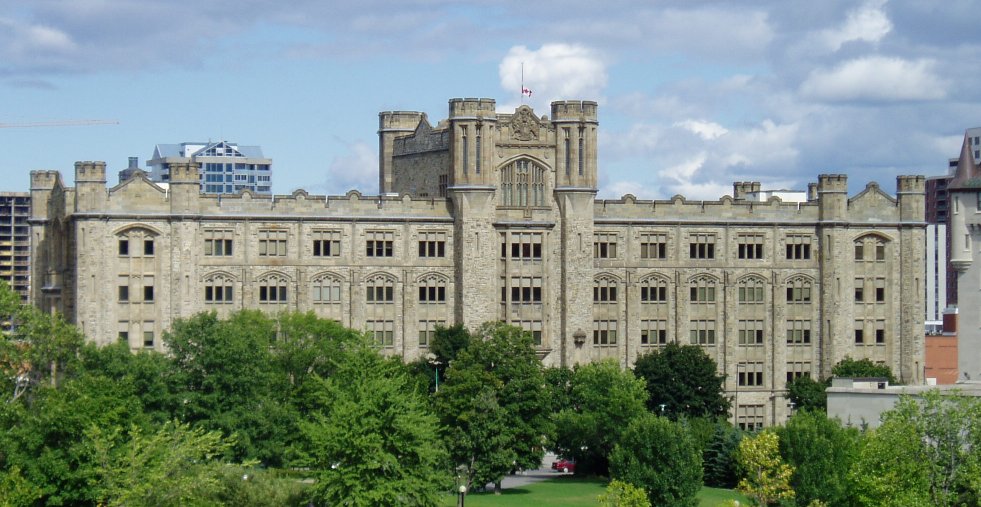
OTTAWA — A federal program designed to help low-income Canadians file their taxes has boosted the number of returns it’s handled in the year since the government increased its funding.
The extra money allows volunteer-driven clinics run by more than 3,000 groups to operate year-round.
Now, the agency is looking to improve the program to help more low-income Canadians qualify for supports administered through the tax system, including the Canada Child Benefit that goes up in value this weekend.
Figures provided by the Canada Revenue Agency show a six-per-cent increase in the number of tax returns filed through the program this year compared to last year.
In raw numbers, the CRA says more than 835,000 returns were filed by people who are homeless, Indigenous, newcomers, seniors or disabled.
The boost is double those seen in previous years, before the Liberals increased annual spending on the “community volunteer income-tax program” to $13 million in the 2018 budget.
“There’s not another program” like it in the CRA, says program co-ordinator Julie Gagnon. “It’s a different program and we get to see the direct impact that we have on lifting people out of poverty.”
In 2018, the CRA says it paid out $1.7 billion in refunds and benefits — an increase from the $1.5 billion in 2017 — to 703,400 people who filed 786,600 returns through the program. (Some people filed returns for more than one year.)
The dollar value for this year isn’t available yet, but it’s not a given that the figure will go up.
“We would hope or expect that some of them may not return in the following year,” Gagnon says. “The reasons could be varied by why they wouldn’t return. The next year, hopefully they’re in a better financial situation and they might be able to go pay somebody to do it where they weren’t able to do it themselves.”
Long-term plans aim to help more than one million people through the program by 2023 — an increase of more than 40 per cent from the 741,400 people helped this year.
To get there, the CRA expanded on a unique research project it ran in 2017. Agency researchers conducted in-depth interviews with people at volunteer tax clinics or in shelters to identify behaviour patterns that could help the government improve programs for and outreach to low-income and marginalized populations.
The result was the increase in annual spending to $13 million, the second time the Liberals had expanded the program since 2015, allowing the 48-year-old program to operate year-round.
Gagnon says the CRA used the extra funding to increase staffing across the country to provide more face-to-face training for organizations and volunteers.
She says the agency was also able to provide tax-filing software earlier for groups to use and set up a dedicated line for volunteers to call with questions so they wouldn’t have to wait in a general queue.
This year, 3,500 organizations took part in the program, along with 19,500 volunteers — both increases from 2018.
Federal workers have also used the extra money to reach out to Indigenous communities, many of which are in remote locations, to get more people receiving benefits to which they’re entitled. Between April 2018 and March 2019, workers at the Canada Revenue Agency and Employment and Social Development Canada visited 669 Indigenous communities, and plan to visit and return to as many this year.
Gagnon says the agency plans to rely on the results of a survey late last year of all organizations and volunteers to shape the future of the program. The results are expected to be made public in the coming weeks.